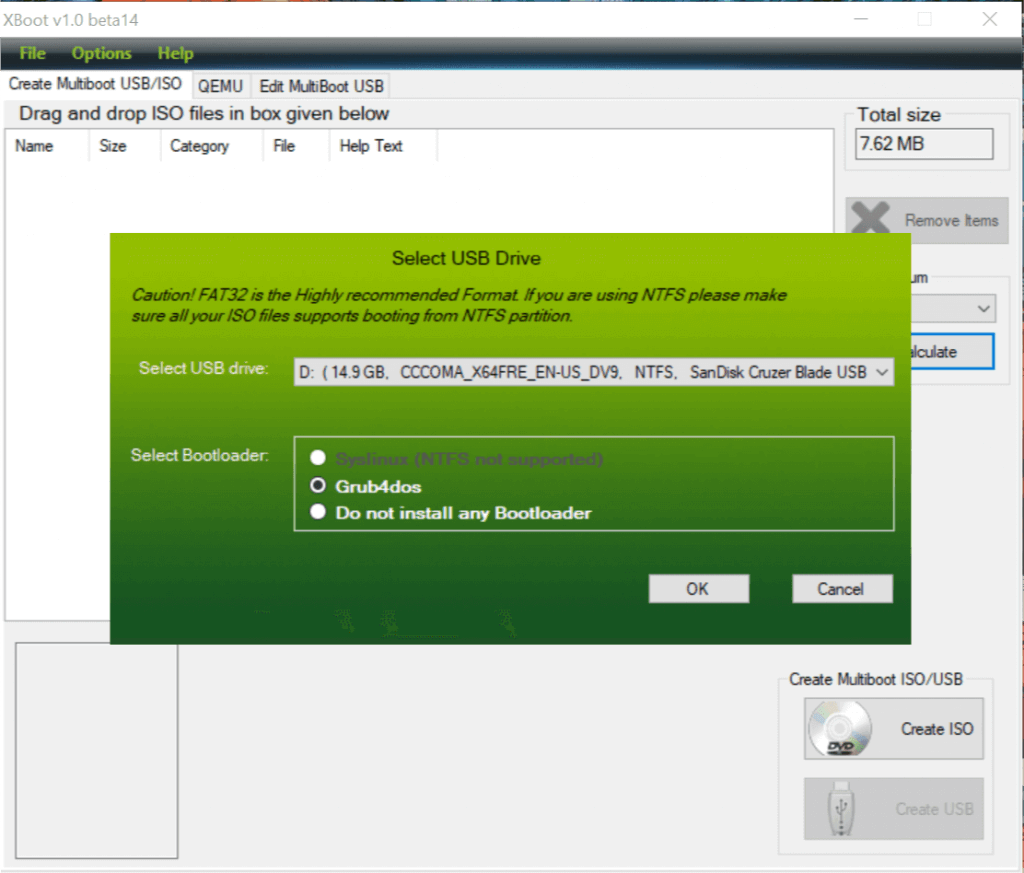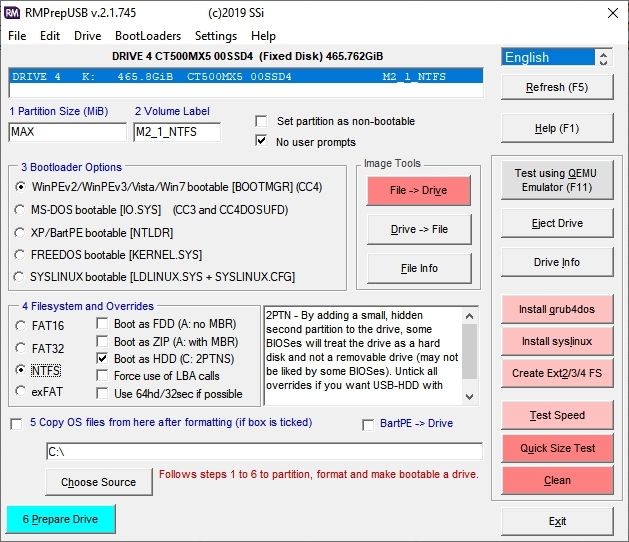

- How to create a multiboot usb with easy to boot how to#
- How to create a multiboot usb with easy to boot install#
- How to create a multiboot usb with easy to boot software#
- How to create a multiboot usb with easy to boot iso#
Partitioning the driveįor the purposes of this article, I’ll be creating three installers of OS X: 10.8, 10.9, and 10.10. Also, since many Macs include SD card readers, a large capacity SD card could be used instead of a USB drive as well. When considering the requirements, particularly the flash drive size and speed, I recommend accommodating a minimum of 8 GB per OS X installer and preferably supporting USB 3.0 specification for faster file transfers as opposed to USB 2.0, which will work admirably, but slower. USB flash drive with at least 8 GB for each version of OS X to be supported.
How to create a multiboot usb with easy to boot install#

There are a few requirements I’d like to share with you prior to beginning the tutorial: Below is a solution to ease the load by providing access to any versions of OS X in one small, easy-to-carry, bootable flash drive.
How to create a multiboot usb with easy to boot software#
Unfortunately, business operations often dictate a different method than that, leaving it up to IT to bridge the gaps caused by fragmentation between multiple OS, hardware, and software instances.įor IT staffers, there’s seemingly no end to the number of tools they must carry with them, doubly so if they provide mobile support. In an ideal world, sysadmins everywhere would only need to manage one or two operating systems–one desktop, one server–and nothing else. Jesus Vigo reviews the process to create a mutliboot USB drive used to install multiple versions of OS X. When formatting the USB, note that FAT32 offers optimal compatibility, while NTFS is suitable for systems with more than 4 GB.How to create an OS X multiboot USB install drive The BIOS should additionally allow booting from USB media. Prerequisites for YUMI are Windows systems from VISTA and higher or Wine under Mac and Linux.
How to create a multiboot usb with easy to boot iso#
In addition, YUMI writes maintenance and diagnostic tools from antivirus manufacturers as well as ISO files from Windows to the stick as required. Yumi formats the USB and provides a comprehensive selection of distributions, including Linux variations such as Ubuntu, Debian Live, Linux Mint, and Fedora for download.
How to create a multiboot usb with easy to boot how to#
Since the method behind each of the tools is similar, the example of the tool YUMI (“Your Universal Multiboot Installer”) will be used here to explain how to set up multiple live systems, installations, or repair/diagnostic tools on a USB. Especially for inexperienced users, setting up multiboot USBs manually is complicated. Software that creates a multi bootable USB is plentiful and each offers its own advantages. If you want to create a multiboot USB, you’re in luck. Another advantage: With enough memory, you can continue to store files and documents on your USB stick in addition to the multiboot area. So make sure that there is no important data on the USB stick. To make a USB bootable, you must format it first. The prerequisite for a multiboot USB is sufficient storage space - at least 8 GB are recommended here. Free tools are available for download online.

This gives you the choice between several live distributions and fixes system problems effortlessly.Ĭreating a multiboot USB is simpler than you’d think. With a multiboot USB, you save yourself a great deal of trouble, because all necessary files end up on a single bootable stick. However, this usually requires a collection of live CDs and USBs, which can contain various distributions, additional programs and even BIOS updates. These are used when systems need to be reset, or viruses removed. Whether for backups or an emergency solution - every computer user would ideally create data backups in the cloud and on external hard drives and, if possible, have rescue tools, live systems, system backups, and ISO files.


 0 kommentar(er)
0 kommentar(er)
